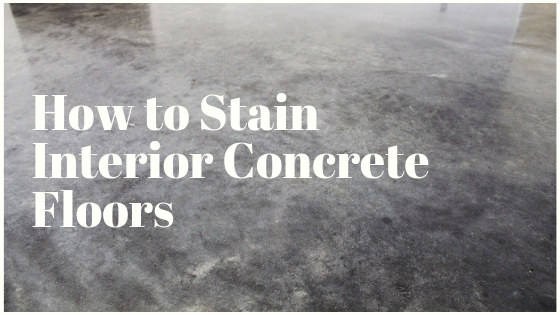How-To Tuesday: Prioritize Your Home Projects

If you’re anything like us, you tend to get overwhelmed by your growing list of home projects every now and then. This can especially be a problem at this time of year, when we’re embracing all things spring, including projects like deep cleaning, putting away cold-weather clothes and gear, and planting gardens. We’ll be the first to admit that when our to-do lists seem about a mile long, we start to feel overwhelmed and consider heading out for a beach day instead. If this sounds like you, it might be time to figure out how to prioritize your home projects.
Consider Function First
The most important projects to address first are those that have to do with function over form. Take a look at your list and put a star next to the projects that will make your life a little easier once they’re completed. For instance, have you been meaning to hang some wall hooks to hold your keys, your jacket, and the dog’s leash? Do you need to build some shelves for more storage in your closet? Try to complete projects that serve a purpose first.
Think About First Impressions
If you don’t have time for a whole-house redo, concentrate on the things that make a first impression when someone walks into your home. Are your front door and porch or stoop in good shape? Is your entryway warm, inviting, and functional? The next time you walk through your own front door, try to look at it with an unbiased eye and see what areas could use some improvement.
Go For Lowest-Cost/Highest-Impact Projects
The next category you tackle should be the projects that make the highest impact and cost the least. For example, painting a room makes a huge impact and can really change things up. When you consider the cost of a couple of cans of paint and some brushes, you get a lot of bang for your buck. The same goes for trim. A subtle, inexpensive change like adding crown molding or expanding your baseboards creates one of those “can’t quite put my finger on it” changes that somehow always gets noticed.
Focus on One Thing
When you feel overwhelmed, or even when your budget constraints are keeping you from achieving everything you want to achieve, just choose one thing to focus on for the time being. That one thing could be repainting all the trim in your house, or it might be something as simple as finding the perfect piece of artwork for that awkward wall that’s always bothered you. Zero in on your one thing, and when it’s done, it’ll feel so good to put a check next to it on your list!










